My interest in Japanese history and architect has been piling up over time since I was young. I spent a lot of time reading about Japanese history and attended online courses about Japanese architecture and house design. Not until I came to Japan in 2019, did I have a chance to go exploring Japanese traditional houses like Machiya and beautiful man-made gardens. I also took a course about Kyoto houses in order to visit historic residences and come to grips with the basic principles of houses and garden building technique in Japan. Contemplating and understand the underlying meaning of a Japanese garden is not easy. It requires a lot of researches and knowledge to figure out the intend of the architects. Perhaps the most impressive garden in Kyoto is Murin-an, which is important in both terms of history and garden design.
Murin-an, which is a historic spot open to public in the neighborhood of Nanzenji Temple, Higashiyama, Kyoto is a private residence and garden built in 1896 for Yamagata Arimoto, who was the Prime Minister of Japan from 1889 to 1891 and held various political and military positions. It is a representative for young and modern garden in Kyoto which has a long-lasting garden history of 1200 years. The garden was designed in collaboration with the contemporary talented garden master Ogawa Jihei VII who introduced an unconventional idea to the design of the garden. In 1951, Murin-an received the prestigious title as “a place of Scenic Beauty”.
History
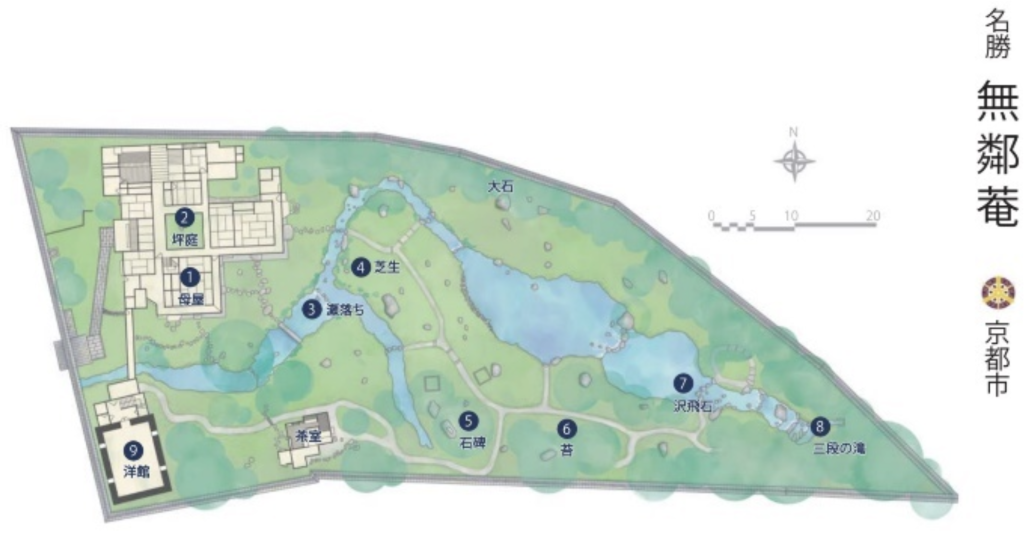
Abandoned JR Fukuchiyama Line connecting Takarazuka and Nishinomiya, Arimoto started to build Murin-an in 1894 and it took him two year to complete the construction. He took the advantage of the newly constructed water pipe which supplies fresh water from lake Biwa in Shiga to the northern area of Kyoto City
in order to make the garden.
The abundant water supply contributed to the surge of many other gardens in the area at that time. Murin-an consists of a two-story wooden Japanese house, a tea house, a two-story brick Western styled building and a lush garden. Although it is said that Ogawa Jihei VII created the garden, he worked under Arimoto’s supervision and instruction. Unlike traditional gardens in Kyoto which embrace symbolism represented by dry landscape garden which linked ponds to oceans and rocks to islands, Ogawa triggered a new wave of garden designing by employing a new naturalistic technique using mountains and streams to create a vivid landscape with real motion. Stephane (2011) wrote in his article: “In Murin-an, he created a V-shaped space between two small woods at the back of the wedge-shaped garden, so that the distant hills could be captured and framed”. The name Murin-an, by looking at its kanji, evokes the image of a tranquility atmosphere and area in which there is no bordering neighbor. The most intriguing part of Murin-an is definitely the lawn garden. “Containing a sanjodaime (three and three-quarter tatami mat) tea house, the garden is a kaiyushiki teien (stroll garden) based around branching streams and ponds that converge in front of the main house”, said Thomas (2017). The landscape was created without being particular about traditional methods. The garden is believed to be an epoch-making existence for the modern Japanese gardens. The second floor of the brick building which was built in 1891 served as “Murin-an Conference” room where in 1903, Arimoto and his fellow statesmen met and initiate the plan for Russo-Japanese War.
Walkthrough
Murin-an employs fundamental garden techniques called “Shakkei” (borrowed landscape) and “Miegakure” (hide and reveal). All the elements of the gardens such as mounds, plants and stones were intentionally placed to enhance the gorgeous beauty of Mt. Higashiyama as the central backdrop. Even a small rearrangement of those element would cause significant change in the presence of the majestic mountains. Elements set within the garden are hidden and revealed sequentially if you look at the garden at different angles.
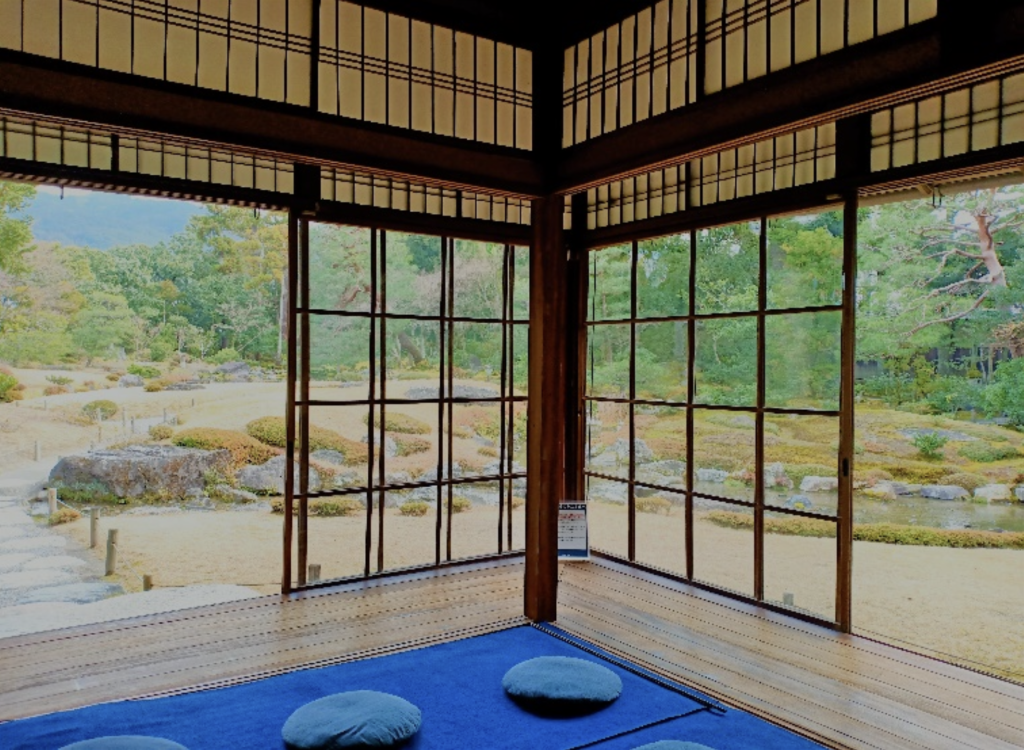
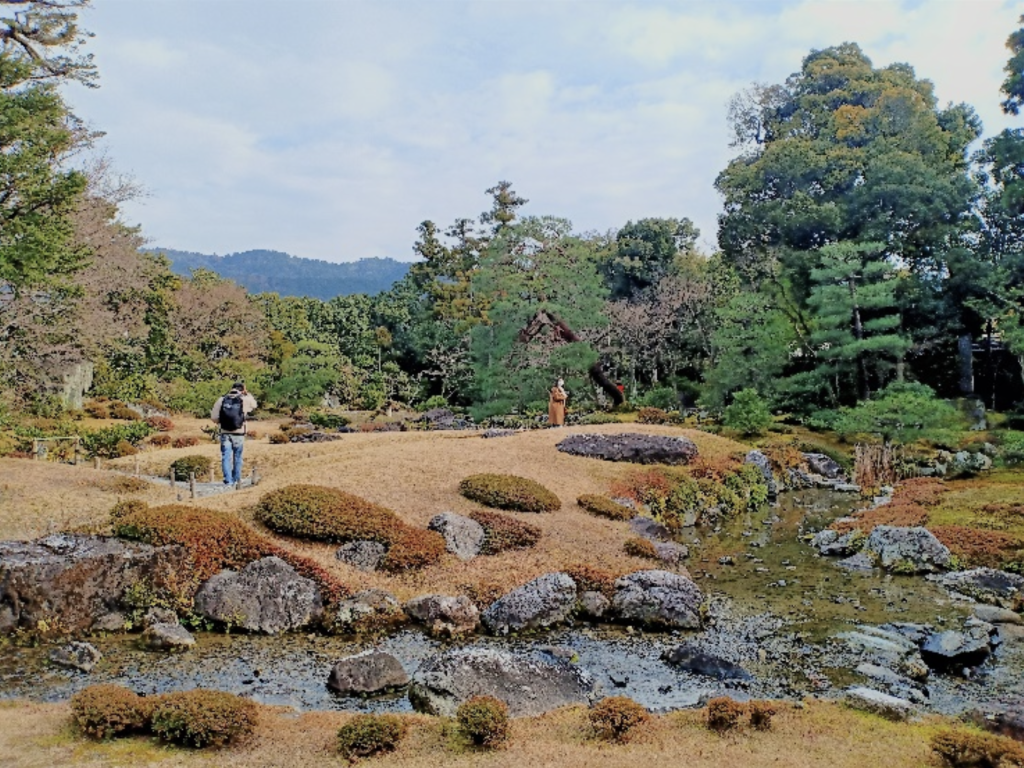
the stunning backdrop
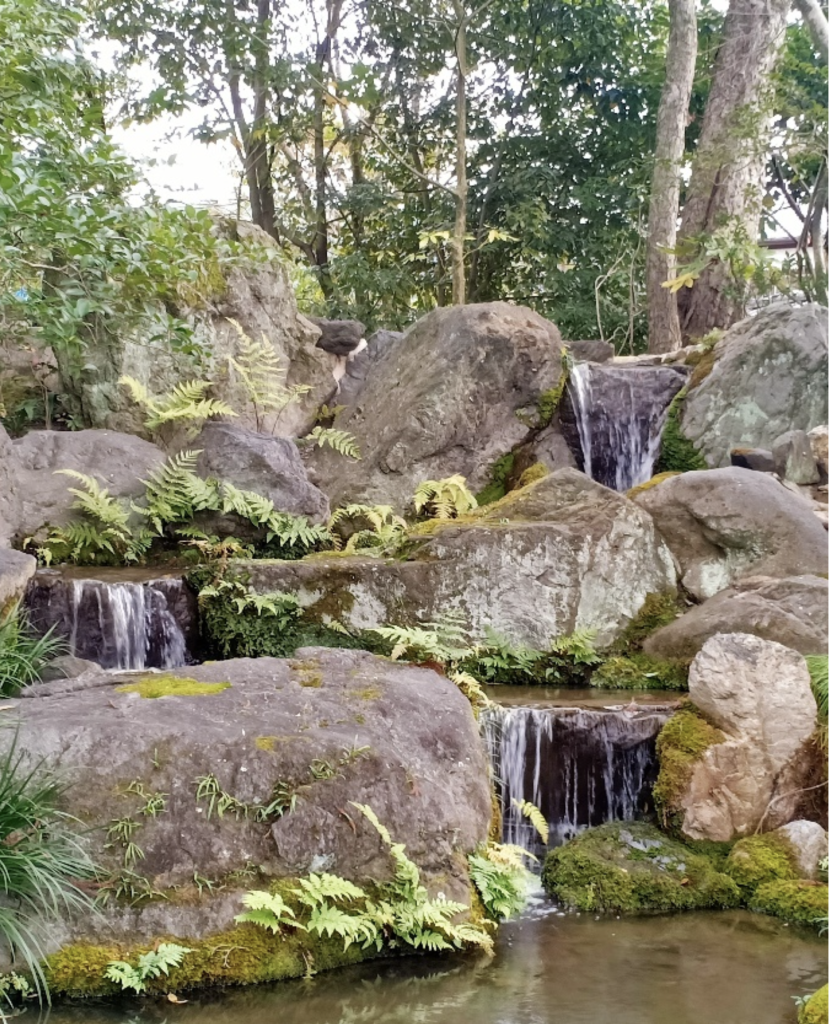
While standing from the main house, I could not see the pond but as I advanced few steps towards the lawn mound, it gradually appeared and unfolded towards the maple grove.
It was not until I proceeded to the corner of the garden did the three tier cascade emerge. For one moment I felt like I was wandering in the mountain itself rather than the confined space of Murin-an.
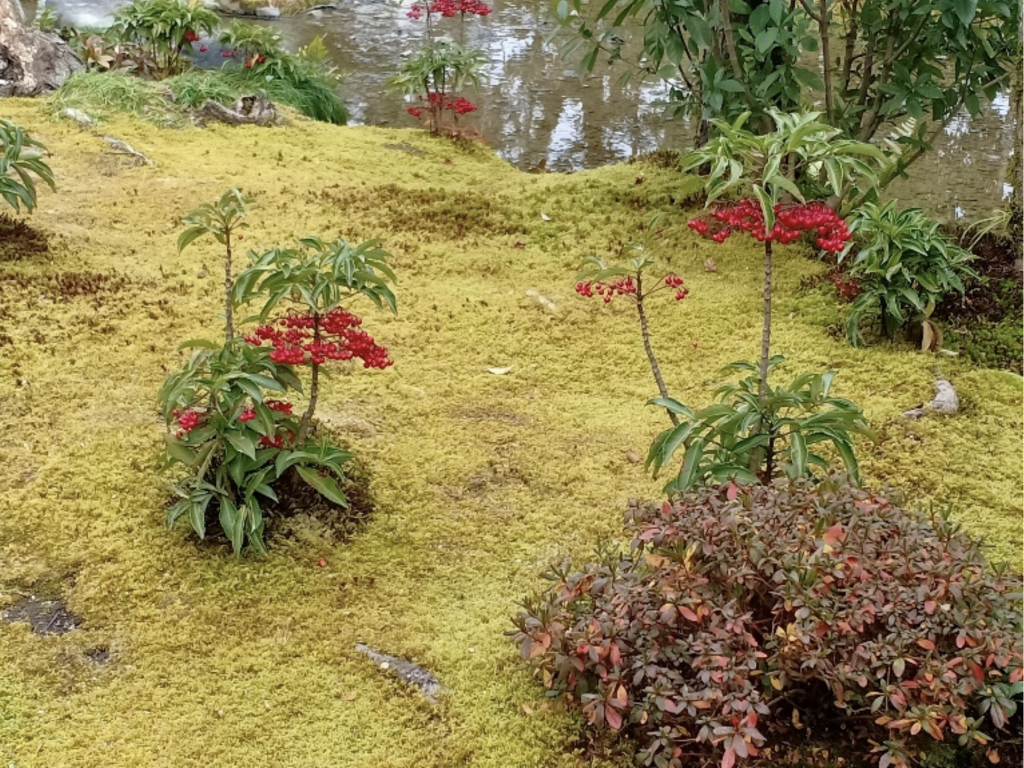
Water is diverted from the canal to make the strolling pond around the garden. However, when I sat on the tatami mat of the main building and contemplate the garden, I was under an illusion that the stream originates not from artificial canal but from distant Mt. Higashiyama. I heard the murmuring sound of the meandering stream and the warble of hovering birds. The flow carries a plenty of insects and micro organisms that lure various kinds of birds. The width and embankment of the stream was purposely altered in order to obtain a broader range of sound frequency, which produces the unique water soundscape. Stephane (2011) stated “At Murin-an, water, unsullied and luminous, is another means of expressing the ultimate purpose of all Japanese gardens — the search for the essence of landscape”.
The extensive lawn mound is a strike scenery which is not a traditional element of Japanese garden. It was creatively built at different height to make the most of the depth and distance technique. Viewed from the middle of the garden, the main house where Arimoto spent most of his time while staying at Murin-an seems to be very far away. Rock lanterns and water basin are dotted here and there. Moss carpet is also flourishing around the verge of the pond due to the high humidity of Kyoto even though at first Arimoto did not intend to grow them in his garden, ferns are densely planted along the shore as well as many other kinds of trees. Because I visited Murina-an in winter, there was no blossoms and the lawn turned completely to yellow. If I have a chance to visit Murin-an again, I would go in March to enjoy the luxuriant lawn and plum blossom.
The tea house is hidden after a bush of tall trees. It is an imitation of the Ennan tea house which is a property of Yabunouchiryu, one of the four main tea ceremony schools in Kyoto (Thomas, 2017). The tea house is furnished with tatami mat floors. Next to it stands a memorial stone with Arimoto’s words. The tea house faces an important building where political talks used to be made during Arimoto’s living here. The furniture such as bird-and-flower patterned ceiling, chairs, tables still remain in the meeting room on the second floor and are well maintained for visitors to get a glimpse of the ancient atmosphere and the historical events such as the important talk on Russo-Japanese War in 1904 in which Japan won a glorious victory.
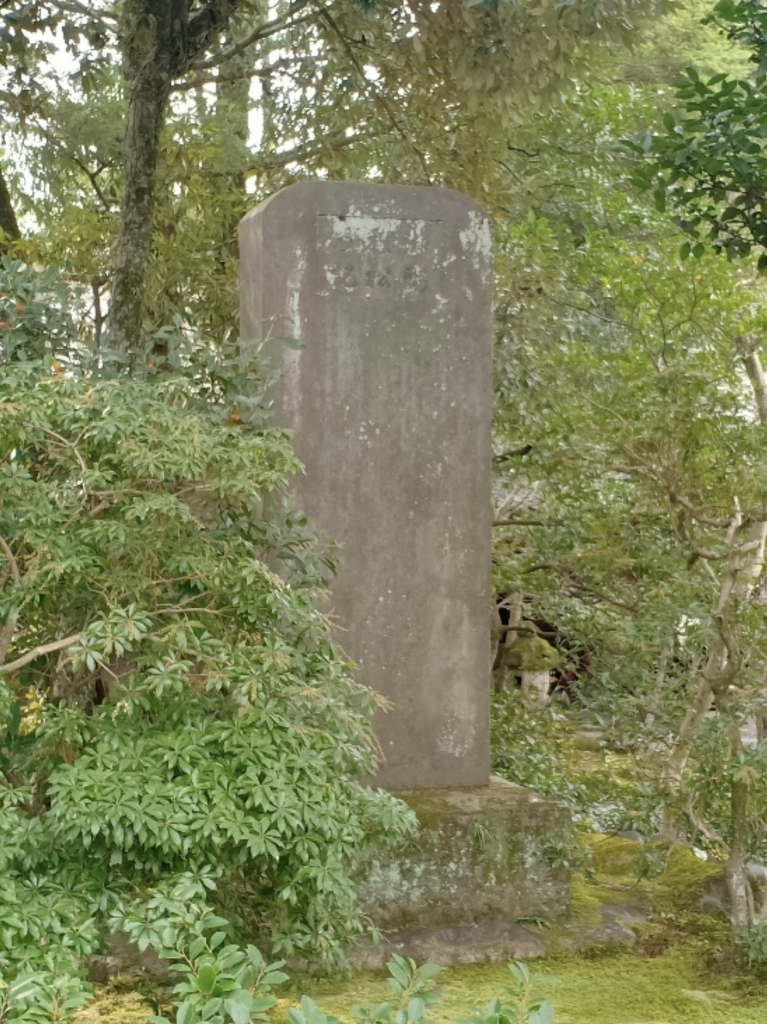
Arimoto’s words next to the tea house
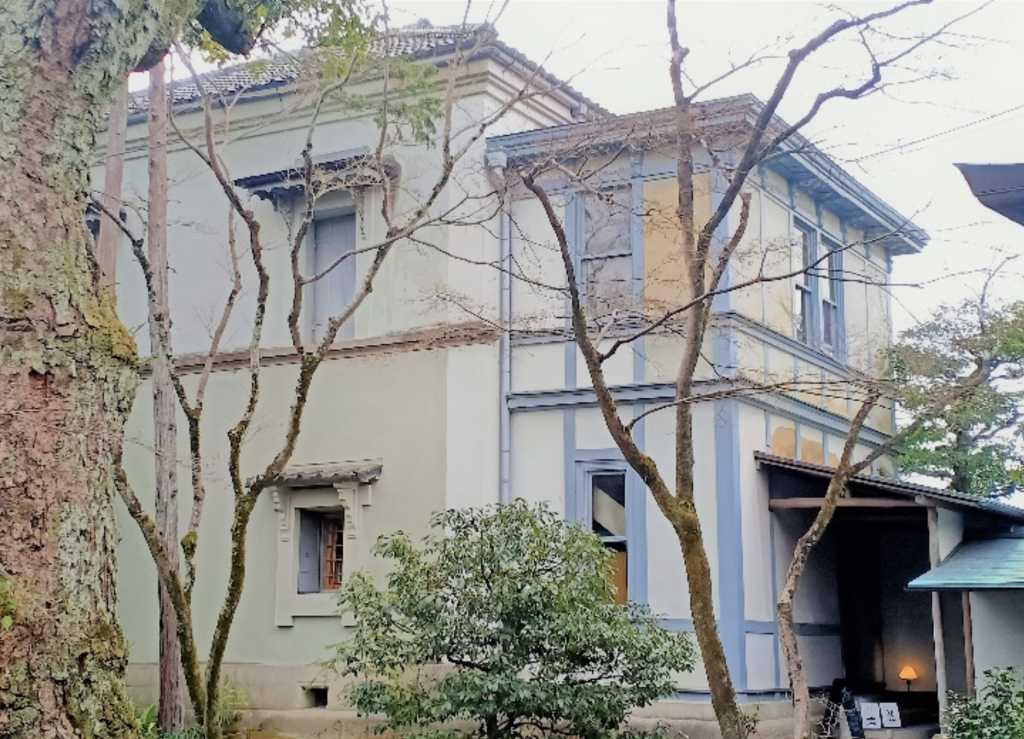
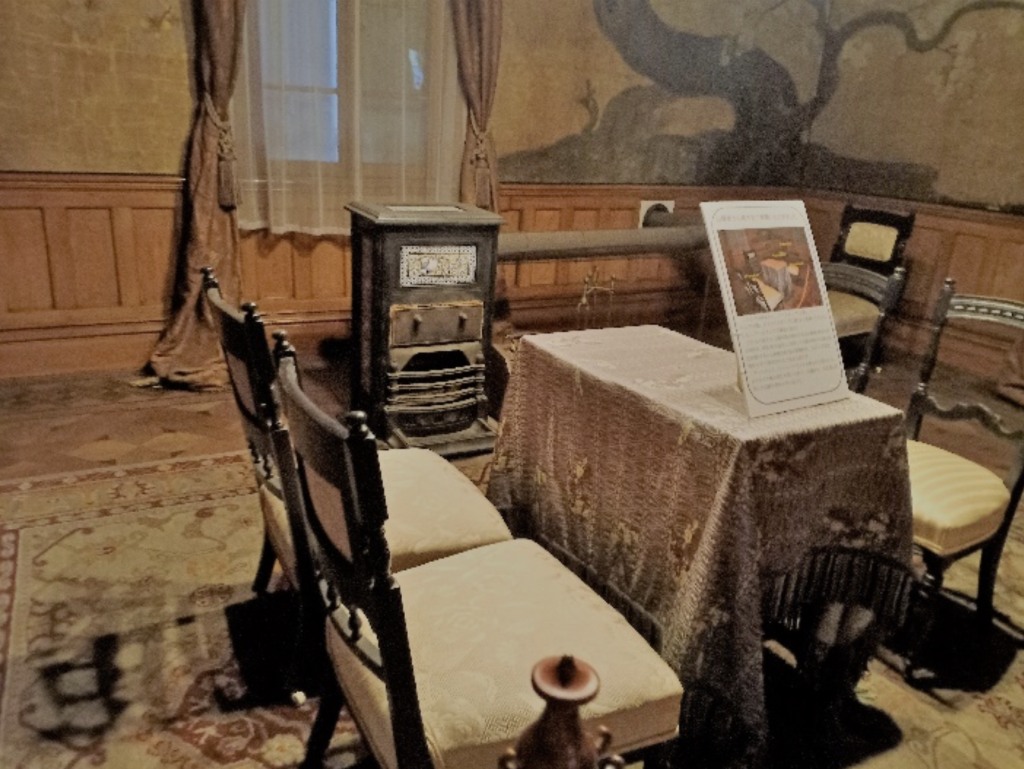
There are many photos about Arimoto and his biography as well as the explanation of the maintenance of Murin-an on the first floor which provide full of fascinating insights into the construction of Murin-an.
Endnotes
1.Stephane M. (2011), “Murin-an garden: An ode to water”.
The Japantimes.
https://www.japantimes.co.jp/life/2011/01/30/environment/murin-an-garden-an-ode-to-water/
2.Thomas, Danielle. 2017. Houses and gardens of Kyoto. 187-189. Tokyo: Tuttle
Bibliography
Websites
https://murin-an.jp
https://www.discoverkyoto.com/places-go/murin/
https://kyoto-design.jp/spot/11664
https://ueyakato.jp/pdf/gardens/16_murinan-01.pdf

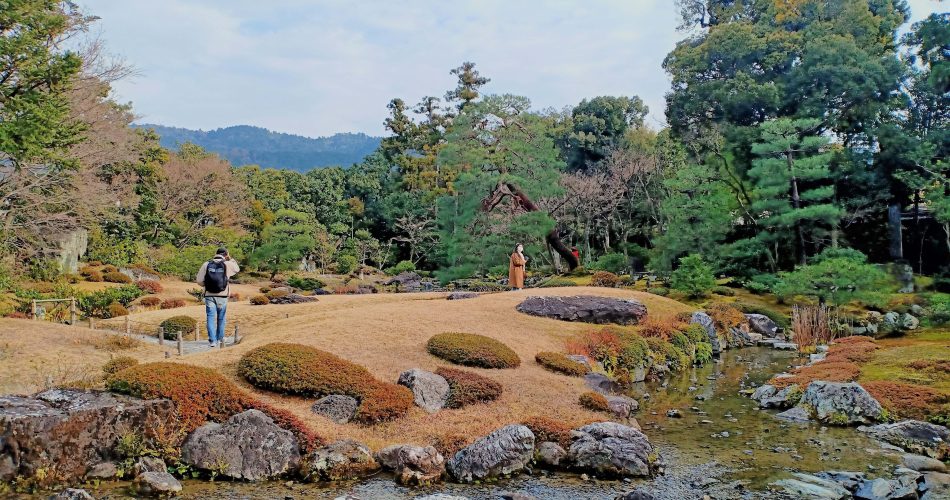
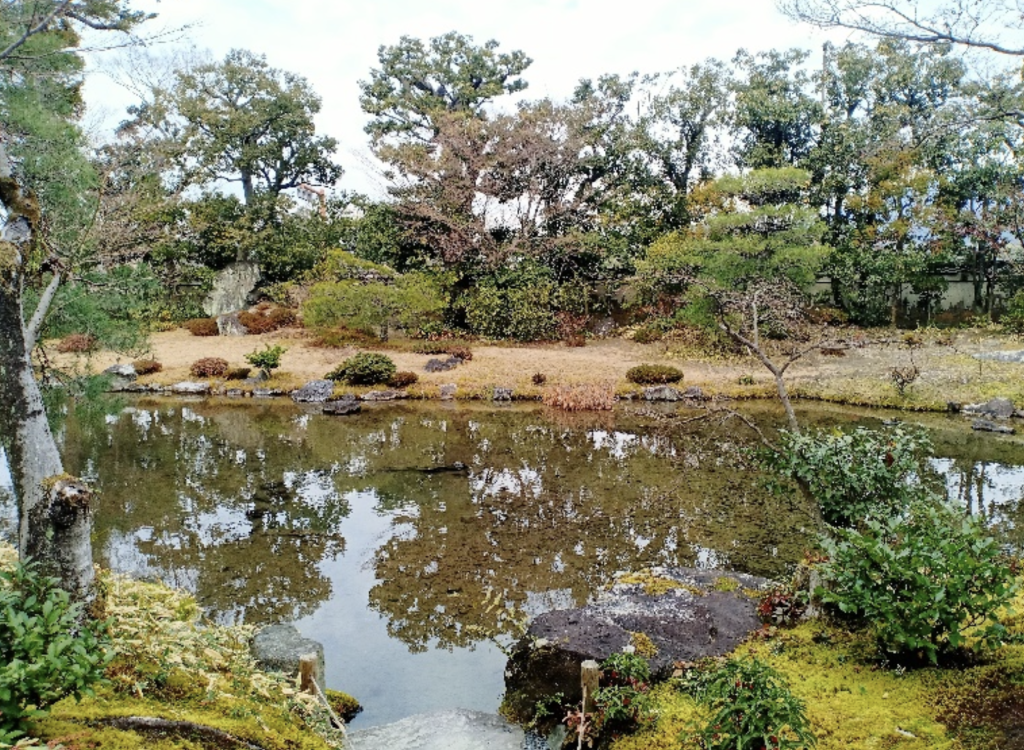
Comments